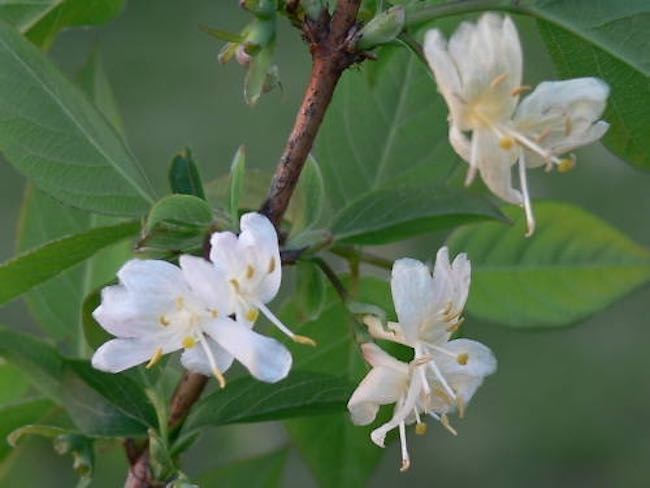How to Create scent in a garden courtyard in the winter and spring using garden plants

Creating scent in a garden courtyard in the winter and spring can be done by selecting the right plants and using a few techniques to encourage them to release their fragrance. Here are some steps to follow:
- Choose fragrant plants: Select plants that are known for their strong and pleasant scents. Some examples of fragrant plants that can grow well in winter and spring include:
- Winter honeysuckle (Lonicera fragrantissima)
- Daphne (Daphne odora)
- Witch hazel (Hamamelis)
- Sarcococca (Sarcococca confusa)
- Viburnum (Viburnum x bodnantense)
- Plant in containers: Plant the fragrant plants in containers, so they can be moved around the courtyard to create different scent zones.
- Group plants: Group the plants with similar scents together to create more powerful and noticeable scents. For example, you can group the winter honeysuckle and viburnum together for a sweet and floral scent.
- Provide optimal growing conditions: Ensure the plants are in the right soil type, receive the right amount of sunlight, and are watered correctly. Healthy plants with optimal growing conditions are more likely to produce more scent.
- Encourage scent release: Some plants release their scent more readily if their leaves are crushed or if the air around them is humid. You can encourage scent release by:
- Brushing your hand against the leaves or petals
- Spraying the plants with water to increase humidity
- Placing a few drops of essential oil on a nearby surface to enhance the scent
- Add scent to garden features: You can add scent to garden features by planting scented climbers, such as jasmine or honeysuckle, on trellises or adding scented herbs like lavender to containers.
By following these steps, you can create a garden courtyard filled with delightful scents during the winter and spring months.